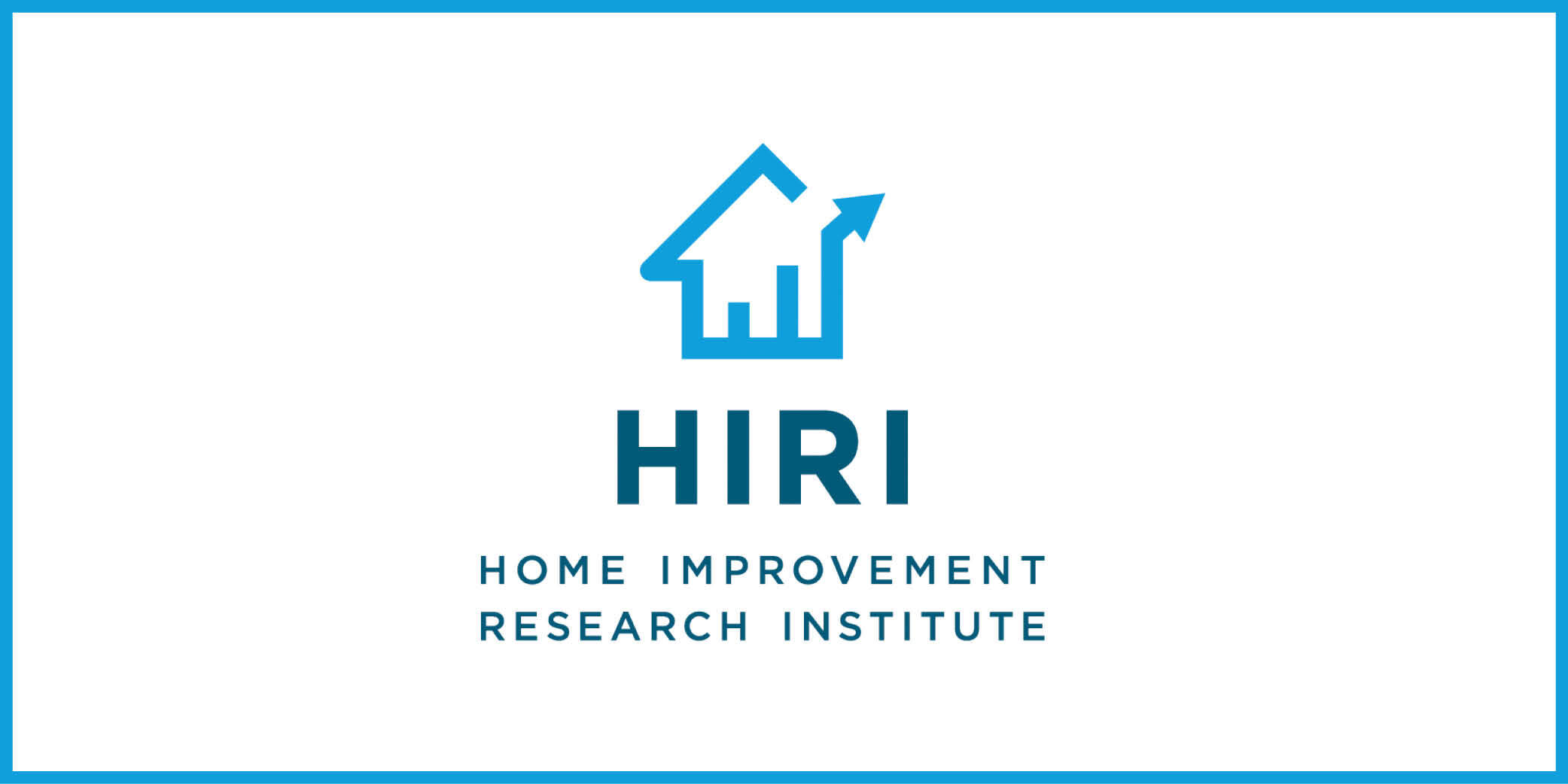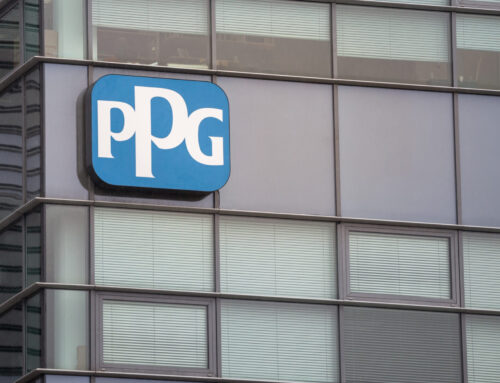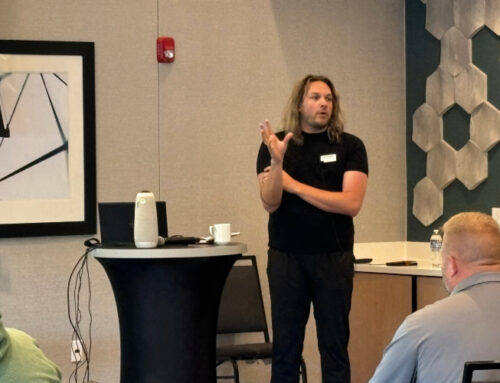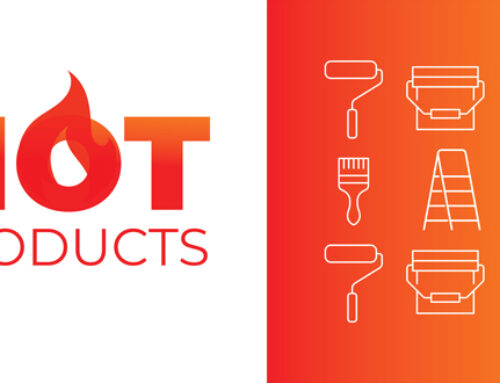The Home Improvement Research Institute (HIRI) Home Improvement Inights Summit brings together manufacturers, retailers, partners and all those whose success is tied to the home improvement industry. Over the course of two days, representatives from the leading brands, partners and experts in the home improvement industry shared strategies, insights and best practices.
Kicking off the summit, National Association of Home Builders economist Eric Lynch shared thoughts on the prospect of future interest rate cuts by the Federal Reserve, which he says will be welcome relief for homebuilders and, additionally, will help their fight to drive down inflation.
“While homebuyer demand remains strong, supply-side factors continue to plague builders from increasing production and reducing the housing deficit further,” Lynch says. “The home building industry will have a good runway through the end of the decade, but the future becomes murky afterward.”
During the panel session “From the Front Lines: The Pro’s Perspective,” Jennifer Castenson from Buildxact, Bruce Case from Case Architects & Remodelers and David Pollard from Liv Companies talked through what pro priorities are the rest of the year and how retailers can adapt to address those needs.
The panel suggested that retailers learn what opportunities pros are tracking and align their business strategy accordingly. At the same time, it’s important retailers discover the challenges pros face so they can better serve them and help remove roadblocks.
The rising demand for energy-efficient solutions, such as EV charging and solar panels, presents significant opportunities for professionals and suppliers in the home improvement market, says Genevieve Becker, head of new ventures and partnership for Thumbtack.
“The wider adoption of energy-efficient solutions is hindered by barriers such as high upfront costs, limited awareness and sourcing challenges,” Becker says. “Addressing these barriers is crucial for market expansion. Collaboration and education among suppliers, retailers and professionals are essential to overcome these challenges and unlock the full potential of the energy-efficient home improvement market.”
Grant Farnsworth, president of The Farnsworth Group, says homeowner uncertainty and financial decisions are impacting contractor behaviors. This uncertainty means contractors and business must bring options and confidence to consumers that have a desire to do home improvement projects, but are hesitant.
“Pros will continue to face budget pressure throughout next year, which is being impacted not only by homeowners, but labor and material costs. Those brands that can support contractors by addressing their challenges will win,” Farnsworth says. “Gaining and keeping loyal customers will be key to growth in a competitive environment. Promotions are an effective way to get an already fluid customer base to try your brand but should be tertiary to providing a strong value proposition.”
Other panel and speaker insights included:
- “Google and YouTube are among the leading media channels used to research home services, with 90% of researchers using Google, and 84% using YouTube,” says Google’s Josh Banfield and Shea Browning. “Most shopping is now inherently Omni, with 73% of purchases either made online or influenced by online touch points.”
- “Remodeling spending is expected to shrink in 2024, but structural drivers including household incomes, home values and homeowner age continue to support significant levels of activity,” says Abbe Will, senior research associate and associate director, remodeling futures at the Harvard Joint Center for Housing Studies. “Given the strength of core drivers of home improvement spending, the current market downcycle is expected to be relatively mild with remodeling activity likely stabilizing near recent pandemic-induced peaks.”







